Why AI-Powered Load Matching Is the Future for Small Trucking Fleets
And why it's time to move beyond spreadsheets, gut instinct, and endless scrolling
In the fast-moving world of freight, time is fuel — and wasted time means wasted money. For small and mid-sized trucking companies, especially those with 1–50 trucks, efficiency isn’t just a bonus — it’s survival.
That’s why the future of fleet management is not just digital — it’s intelligent. AI-powered systems that integrate directly with load boards and help find optimal freight are quickly becoming the new standard. And companies that adopt them early will outpace those still managing dispatch from a whiteboard and a cell phone.
What does "AI-powered load matching" mean?
AI-based load matching tools can scan available loads from integrated load boards, evaluate routes, truck availability, past history, and even local fuel prices — and recommend the best loads in seconds. For small fleets without a dedicated dispatcher (or with just one overworked dispatcher), this is a game changer.
Instead of manually sorting through hundreds of listings and calling brokers, AI does the initial legwork:
Why small fleets need this more than big ones
Large carriers have entire departments running load optimization. But if you're an owner-operator with three trucks — or a fleet of ten trying to stretch every mile — you probably don't have that luxury. You rely on experience, gut feeling, and limited hours in the day. And that’s where intelligent dispatching bridges the gap.
When AI handles the repetitive search, your team has more time for what really matters: securing better rates, building broker relationships, maintaining equipment, and planning for growth.
And why it's time to move beyond spreadsheets, gut instinct, and endless scrolling
In the fast-moving world of freight, time is fuel — and wasted time means wasted money. For small and mid-sized trucking companies, especially those with 1–50 trucks, efficiency isn’t just a bonus — it’s survival.
That’s why the future of fleet management is not just digital — it’s intelligent. AI-powered systems that integrate directly with load boards and help find optimal freight are quickly becoming the new standard. And companies that adopt them early will outpace those still managing dispatch from a whiteboard and a cell phone.
What does "AI-powered load matching" mean?
AI-based load matching tools can scan available loads from integrated load boards, evaluate routes, truck availability, past history, and even local fuel prices — and recommend the best loads in seconds. For small fleets without a dedicated dispatcher (or with just one overworked dispatcher), this is a game changer.
Instead of manually sorting through hundreds of listings and calling brokers, AI does the initial legwork:
- It filters based on your location, truck type, availability, preferred lanes
- It identifies underpriced loads or hidden opportunities others might miss
- It can even learn from your past hauls and suggest smarter options over time
Why small fleets need this more than big ones
Large carriers have entire departments running load optimization. But if you're an owner-operator with three trucks — or a fleet of ten trying to stretch every mile — you probably don't have that luxury. You rely on experience, gut feeling, and limited hours in the day. And that’s where intelligent dispatching bridges the gap.
When AI handles the repetitive search, your team has more time for what really matters: securing better rates, building broker relationships, maintaining equipment, and planning for growth.

More articles in Trucking Industry
